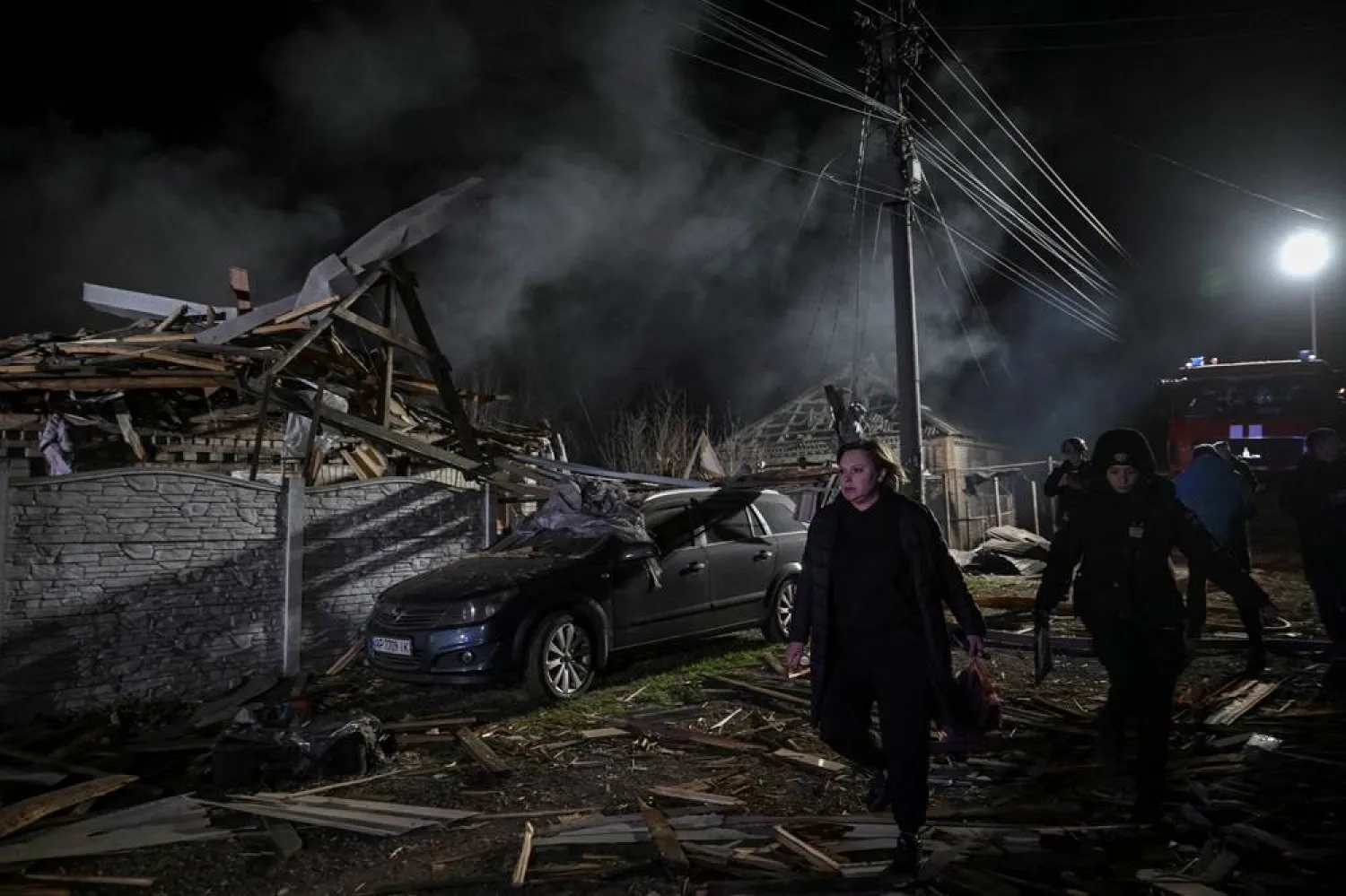Three people were killed and 12 wounded in a Russian drone attack on the Ukrainian city of Zaporizhzhia, Ukrainian officials said Saturday, in an attack that underlined Moscow’s intention to continue aerial strikes despite agreeing to a limited ceasefire.
Regional head Ivan Fedorov said that “residential buildings, private cars, and social infrastructure facilities were set on fire” in the attack Friday night, and published photos showing emergency services scouring the rubble of damaged residential buildings for survivors.
The Ukrainian air force reported that Russia fired 179 exploding drones and decoys in the latest wave of attacks overnight into Saturday. It said 100 were intercepted and another 63 “lost,” likely having been electronically jammed.
Officials in the Kyiv and Dnipropetrovsk regions also reported fires breaking out due to the falling debris from intercepted drones.
Russia’s Ministry of Defense, meanwhile, said its air defense systems shot down 47 Ukrainian drones.
Ukraine and Russia agreed in principle Wednesday to a limited ceasefire after US President Donald Trump spoke with the countries’ leaders, though it remains to be seen what possible targets would be off limits to attack.
The three sides appeared to hold starkly different views about what the deal covered. While the White House said “energy and infrastructure” would be part of the agreement, the Kremlin declared that the agreement referred more narrowly to “energy infrastructure.” Zelenskyy said he would also like railways and ports to be protected.
The Ukrainian leader told reporters after Wednesday’s call with Trump that Ukraine and US negotiators will discuss technical details related to the partial ceasefire during a meeting in Saudi Arabia on Monday. Russian negotiators are also set to hold separate talks with US officials there.
Zelenskyy emphasized that Ukraine is open to a full, 30-day ceasefire that Trump has proposed, saying: “We will not be against any format, any steps toward unconditional ceasefire.”
Russian President Vladimir Putin has made a complete ceasefire conditional on a halt of arms supplies to Kyiv and a suspension of Ukraine’s military mobilization — demands rejected by Ukraine and its Western allies.







